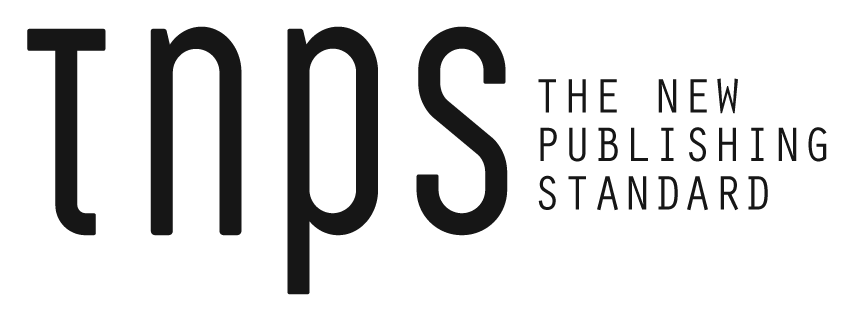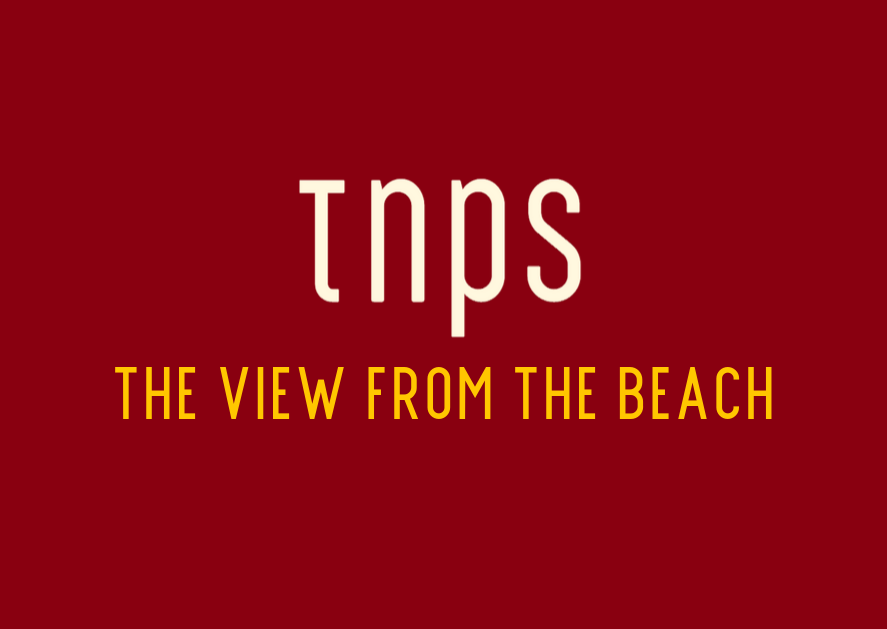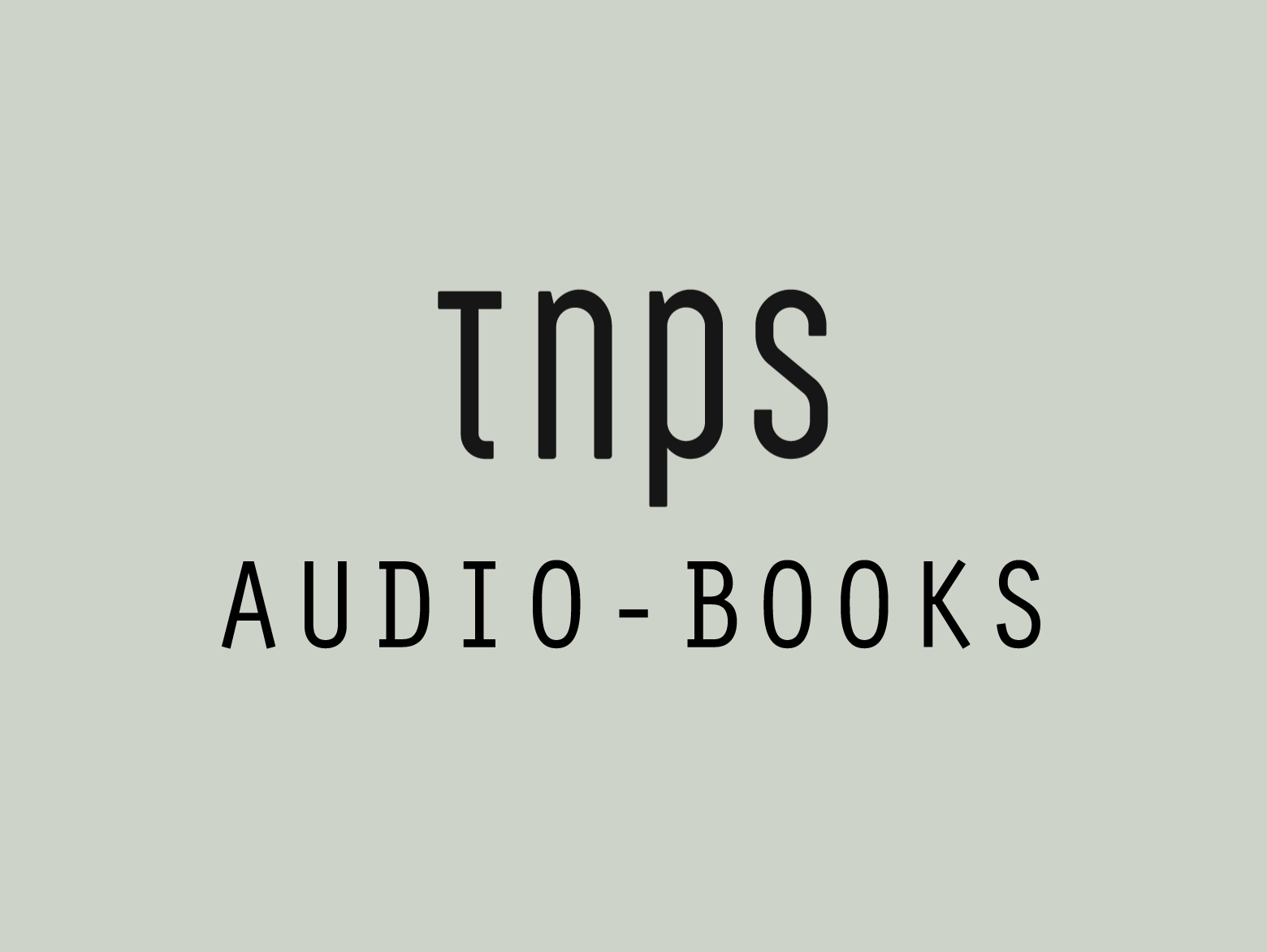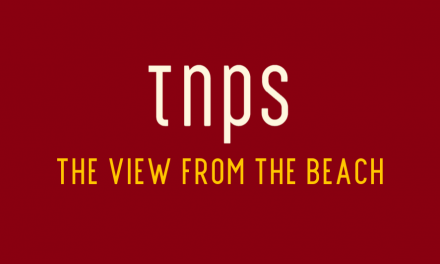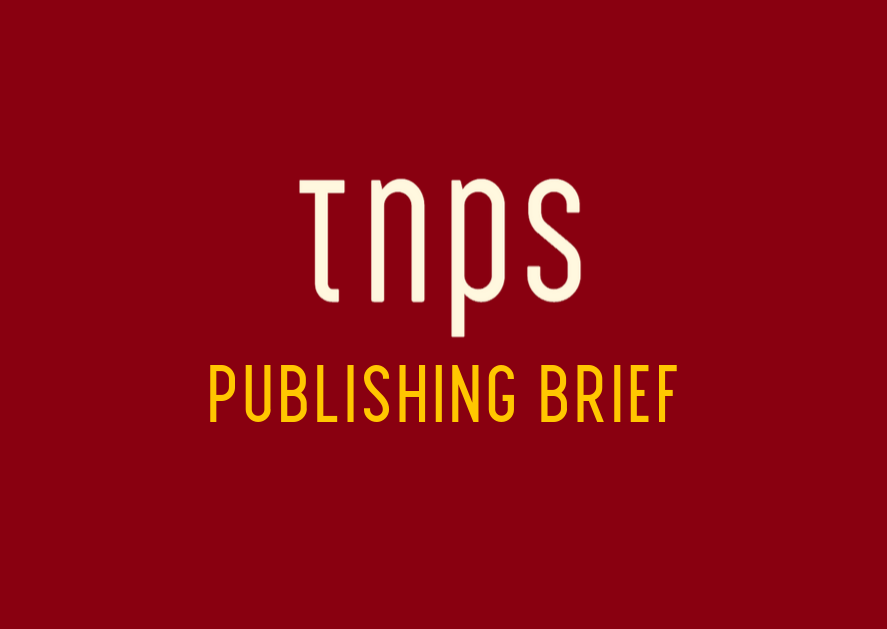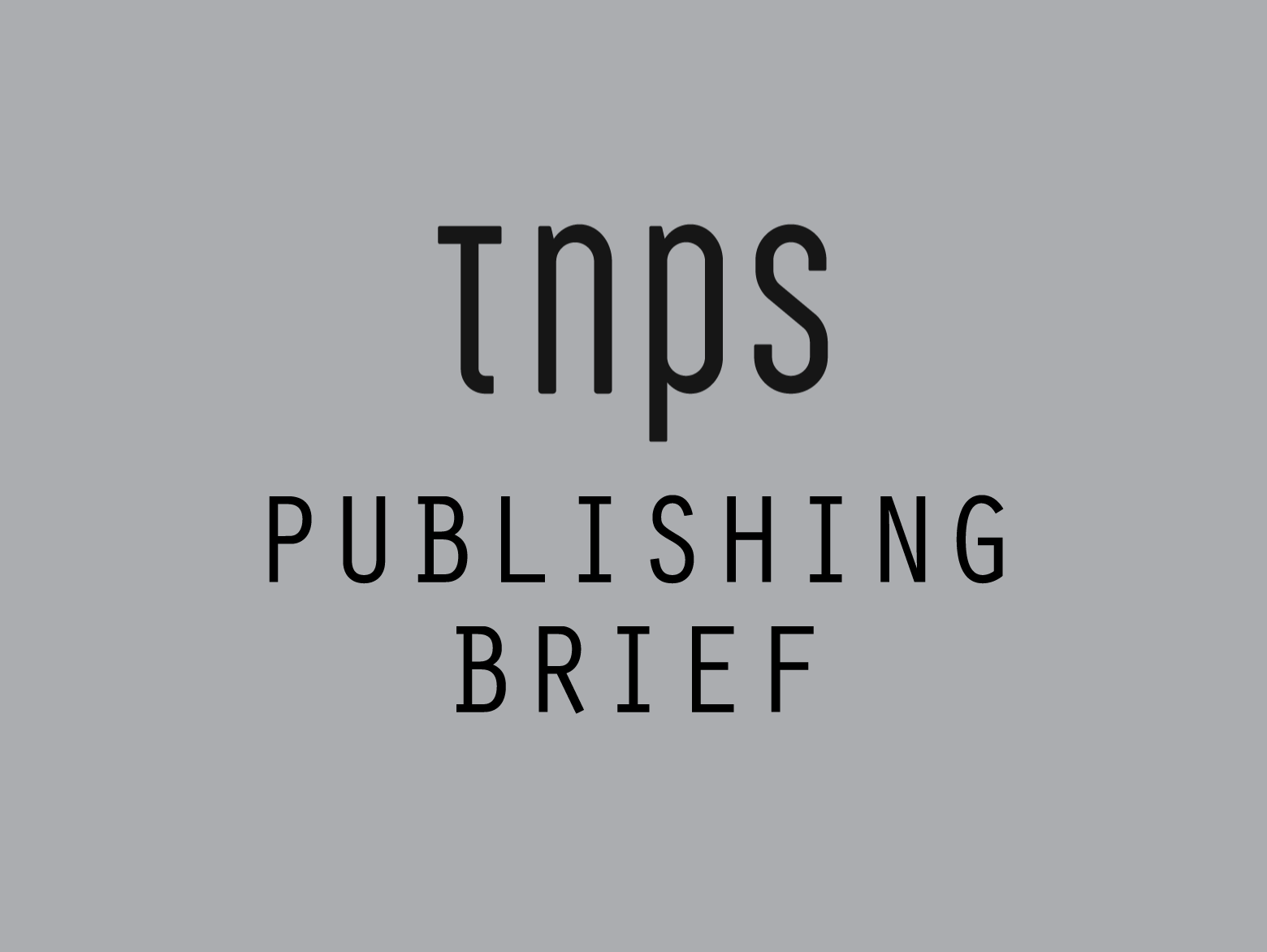“Publishers must ask themselves: do they want to lead this transformation or be left behind by it just to keep the yapping dogs of the Luddite Fringe at bay?”
The Strategic Alliance That Changes Everything
We’ve all read about the new partnership between global toy-maker Mattel and that wicked bunch of (alleged) book-thieves at OpenAI, right? Big news!
But we sure didn’t read about it in the publishing industry press, which seems to be conveniently looking the other way as one of the most significant developments in AI unfolds.
Or perhaps we were all too busy streaming M3GAN on Netflix and missing the irony. After all, it was the publishing industry that created science fiction and enabled science facts to proliferate. But as yesterday’s science fiction becomes today’s science reality, our industry seems determined to take the path of most resistance.
Not Just Another Technological Novelty
Here’s the thing: Mattel’s groundbreaking partnership with OpenAI to develop AI-powered toys represents far more than just another technological novelty – it signals a fundamental shift in how content-driven industries must approach artificial intelligence.
By leveraging OpenAI’s generative AI capabilities to create interactive, personalised play experiences, Mattel is positioning itself at the forefront of what Chief Franchise Officer Josh Silverman describes as “merging the physical with the digital.“
This collaboration isn’t merely about smarter toys; it’s about reimagining how stories, characters, and content engage with audiences. For trade publishing, particularly children’s book publishers, this development should serve as both inspiration and warning: whilst toys embrace AI to enhance storytelling and user engagement, the publishing industry remains largely paralysed by caution.
The Publishing Industry’s Artificial Intelligence Dilemma
Trade publishing has adopted a conspicuously defensive stance towards AI, preferring diplomatic fence-sitting over bold innovation.
News publishing has begun experimenting with AI-generated content Academic publishing increasingly utilises AI for research and analysis, Both sectors are actively partnering with AI companies and pocketing bucket-loads of cash along the way.
Meanwhile, trade publishers seem trapped between competing pressures: the potential for technological advancement versus the unholy wrath of the Luddite Fringe determined to keep the industry firmly in the twentieth century.
The Intimate Relationship Between Toys and Children’s Books.
This hesitancy, not helpful for any element of trade publishing, becomes particularly problematic when considering the intimate relationship between toys and children’s books.
Publishers have long understood that successful children’s franchises transcend single media formats – think of how Harry Potter spawned films, merchandise, theme parks, and countless tie-in products. However, whilst Mattel prepares to launch AI-enhanced toys that could revolutionise character interaction and storytelling, children’s publishers remain largely absent from the conversation.
The Mattel-OpenAI Partnership Model: What Publishing Could Learn
Mattel’s approach offers valuable lessons for trade publishing. Rather than viewing AI as a threat to traditional toy-making, the company positions it as an enhancement tool that creates “unprecedented levels of personalisation and engagement.” This mindset shift – from replacement to augmentation – could transform how publishers approach AI integration.
Consider the possibilities: AI could enable personalised story adaptations where characters respond to individual readers’ preferences, interactive books that evolve based on reading patterns, or companion apps that extend narratives beyond the printed page.
The technology exists; some small-time players are tinkering with just such projects. But what’s missing is the bold industry CEO with the courage to embrace it meaningfully.
Moreover, Mattel’s emphasis on “responsible innovation” demonstrates that AI integration need not compromise safety or ethics. By prioritising user privacy and appropriate content, the toy manufacturer shows how traditional industries can adopt cutting-edge technology whilst maintaining core values – a lesson particularly relevant for children’s publishing, where safety concerns are paramount.
The Ecosystem Disconnect: A Growing Problem
The publishing industry’s AI reluctance becomes more concerning when viewed within the broader content ecosystem. As toys become increasingly intelligent and interactive, static books risk appearing outdated by comparison. Children accustomed to AI-powered play experiences, just as they are already accustomed to games on smartphones, may find traditional books less engaging, potentially accelerating the decline in reading habits that already rightly concerns educators and publishers.
We Know Best What the Public Wants
This ecosystem disconnect threatens to isolate trade publishing from related industries that are embracing AI integration. Whilst Mattel develops toys that can personalise experiences and respond to user preferences, publishers offering only static text and images because “we know best what the public wants” will find themselves further marginalised in an increasingly dynamic entertainment landscape.
The implications extend beyond children’s books. If toy manufacturers can create personalised, adaptive content experiences, what prevents other industries from developing similar offerings? Publishers risk ceding creative territory to companies that view AI as an opportunity rather than a threat.
The M3GAN Factor: Addressing the Elephant in the Room
The reluctance to embrace AI in child-focused industries partly stems from popular culture representations of artificial intelligence – the “M3GAN factor,” where AI is portrayed as sinister or threatening. However, Mattel’s partnership with OpenAI demonstrates that AI integration can be pursued responsibly, with appropriate safeguards and ethical considerations.
Publishers must move beyond science fiction fears to recognise AI’s potential for enhancing rather than replacing human creativity. The technology offers tools for personalisation, accessibility, and engagement that could reinvigorate reading culture rather than diminish it.
Furthermore, the M3GAN narrative serves as a reminder that public perception of AI will be shaped by early implementations. By remaining on the sidelines, publishers allow other industries to define how AI interfaces with creative content, potentially missing opportunities to shape these interactions in positive directions.
The Competitive Landscape: First-Mover Advantages
Mattel’s pioneering venture into AI-powered toys establishes the company as a leader in a new market category. Similarly, publishers who embrace AI integration early may gain significant competitive advantages over those who delay adoption. As OpenAI demonstrates the versatility of its technologies beyond traditional tech sectors, early adopters in publishing could benefit from preferential partnerships and cutting-edge capabilities.
ChatGPT is of course itself an example of the power of early-mover advantage, and is now the go-to AI option for most people despite fierce competition, with a user base of more than 1 billion targetted for the end of this year.
The toy industry’s embrace of AI also creates opportunities for cross-industry collaboration. Publishers could partner with toy manufacturers to create integrated experiences where books and toys complement each other through AI-powered interactions. However, such partnerships require publishers to – take a deep breath – engage with AI technologies rather than remain passive observers peeping above the parapet, or throwing stones from a safe distance.
Children’s Publishing: The Canary in the Coal Mine
Children’s publishing represents the most immediate pressure point for AI integration. Young readers, increasingly comfortable with technology, may gravitate towards AI-enhanced experiences that traditional books cannot provide. Publishers serving this demographic face a stark choice: adapt or risk obsolescence.
The Mattel-OpenAI partnership specifically targets “fan engagement interactions through physical products and experiences” – precisely the kind of immersive storytelling that children’s book publishers should be pioneering. Instead, they risk becoming secondary players in their own domain, creating content for AI-powered toys developed by others rather than leading innovation themselves.
AI-Active Audiobooks Where the Child Can Talk to the Characters
Moreover, educational trends increasingly emphasise interactive, personalised learning experiences. Imagine AI-active audiobooks where the child can interrupt and ask the narrator to repeat a favourite paragraph, or talk to the characters.
AI-powered books could offer differentiated reading levels, adaptive vocabulary, and personalised story elements that support individual learning needs – capabilities that static books simply cannot match.
And just to add here, that includes teaching children to enjoy the act of reading again. The sooner we dump Jolly Phucking Fonics and get children once more excited by reading books, the better for everyone.
The Path Forward: Strategic Recommendations
Trade publishing must abandon its wait-and-see approach in favour of strategic AI integration at all levels. This doesn’t mean wholesale adoption of AI-generated content, but rather thoughtful exploration of how AI can enhance traditional publishing strengths.
Publishers should begin by identifying specific use cases where AI adds genuine value: personalised reading recommendations, accessibility enhancements for diverse readers, or interactive elements that extend story experiences. They should also invest in partnerships with AI companies, following Mattel’s model of collaboration rather than attempting to develop capabilities independently.
Furthermore, the industry must actively engage in shaping AI ethical standards rather than allowing others to set precedents. Standing on the sidelines shouting soundbites of abuse (yes, UK Publishers Association and Society of Authors, I do mean you!), just brings our industry into disrepute and generates toxicity instead of meaningful debate.
But by participating in AI development conversations, publishers can ensure that emerging technologies align with publishing values and reader needs.
The Choice Ahead
The Mattel-OpenAI partnership serves as a clarion call for trade publishing: evolve or risk irrelevance. Whilst publishers quietly debate the merits of AI integration behind the scenes and pander to the whims of the Luddite Fringe in public, related industries are building the future of content engagement.
The choice is stark: Embrace AI as a creative partner and maintain relevance in an evolving media landscape, or remain impaled on the fence and watch as others define the future of storytelling.
For children’s publishing in particular, the time for fence-sitting has passed. As AI-powered toys prepare to revolutionise play experiences, publishers must ask themselves: do they want to lead this transformation or be left behind by it just to keep the yapping dogs of the Luddite Fringe at bay?
The answer will determine whether trade publishing remains central to the content ecosystem or becomes a nostalgic footnote in the story of how artificial intelligence transformed the creative industries.
This post first appeared in the TNPS LinkedIn newsletter.
